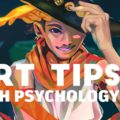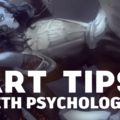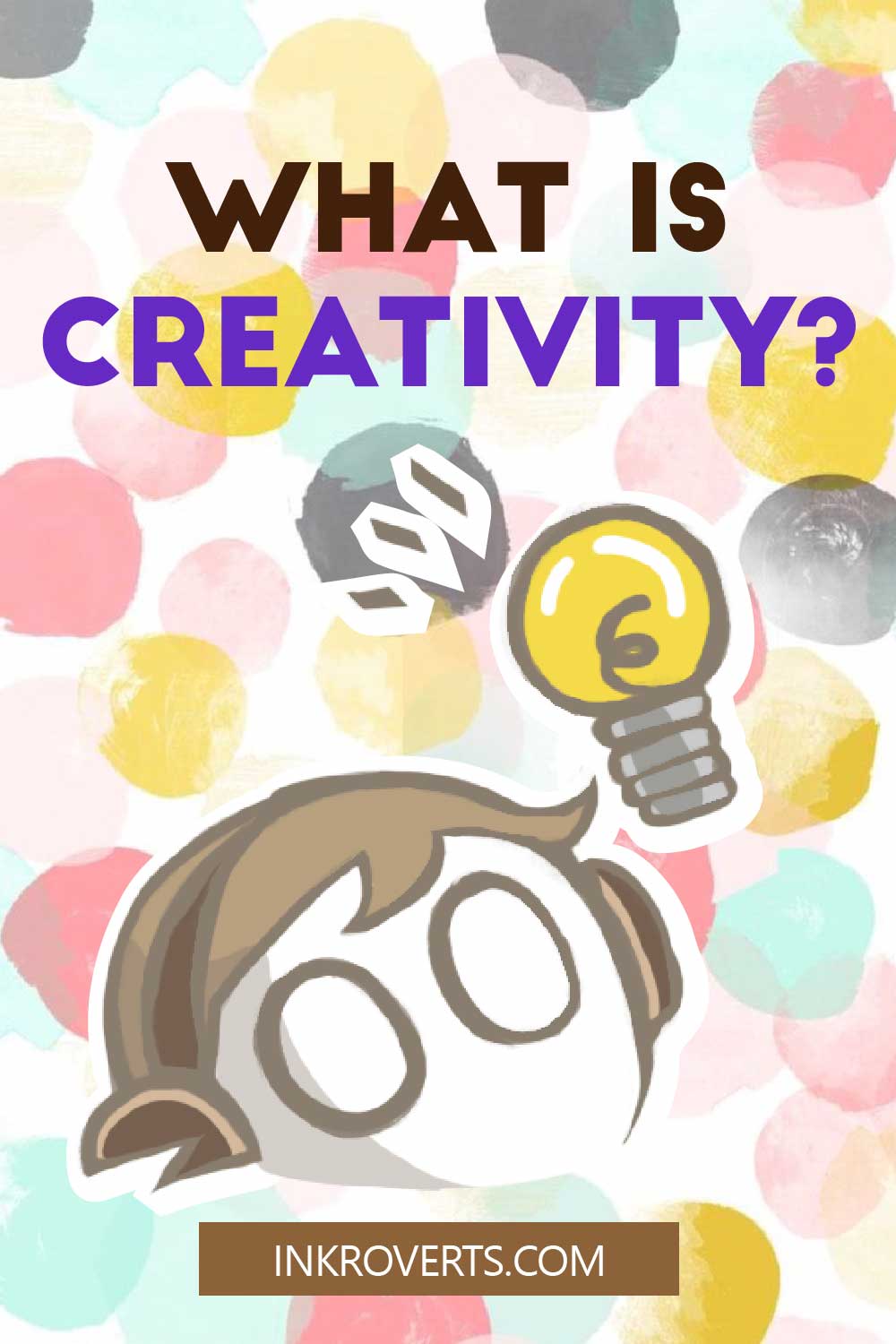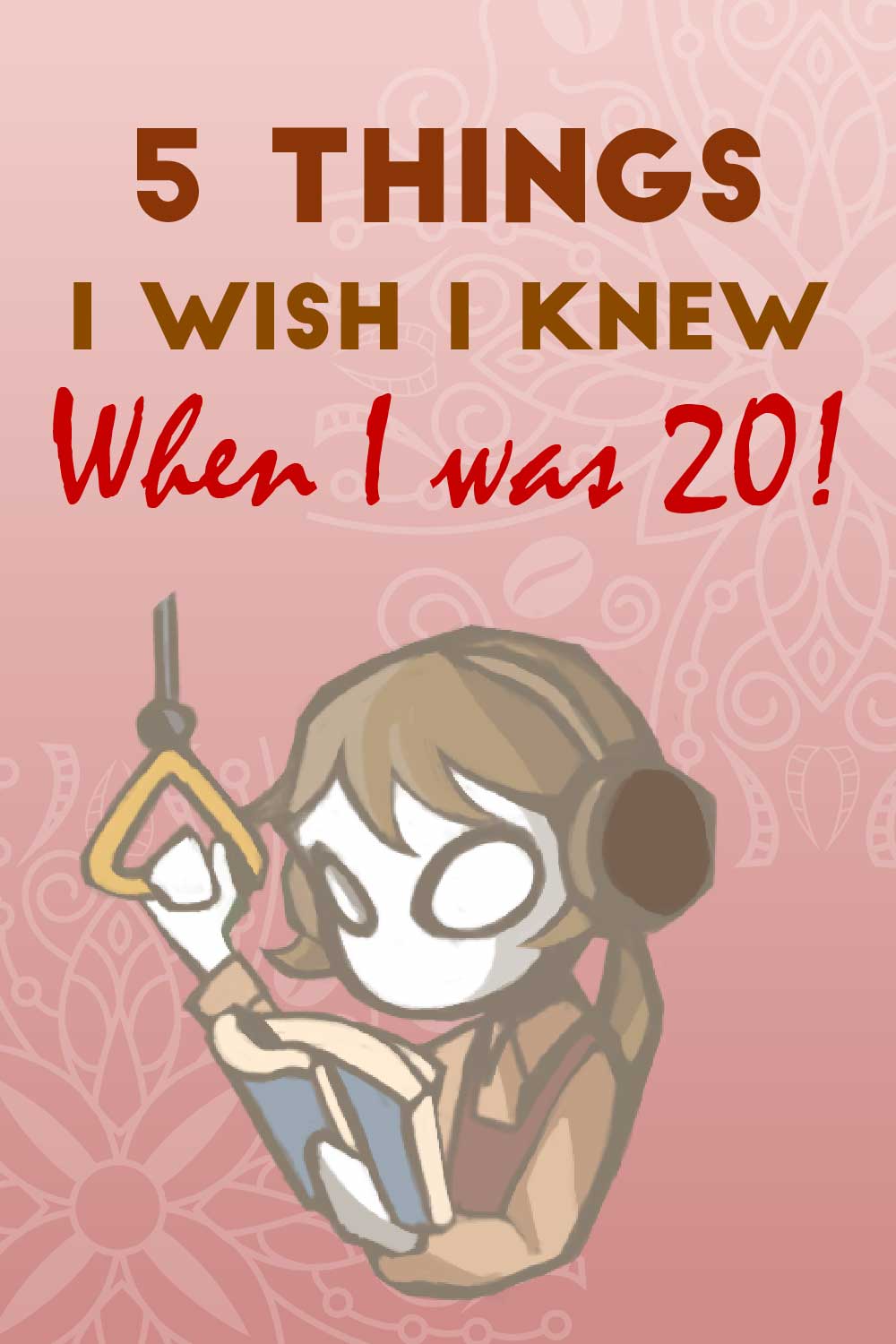
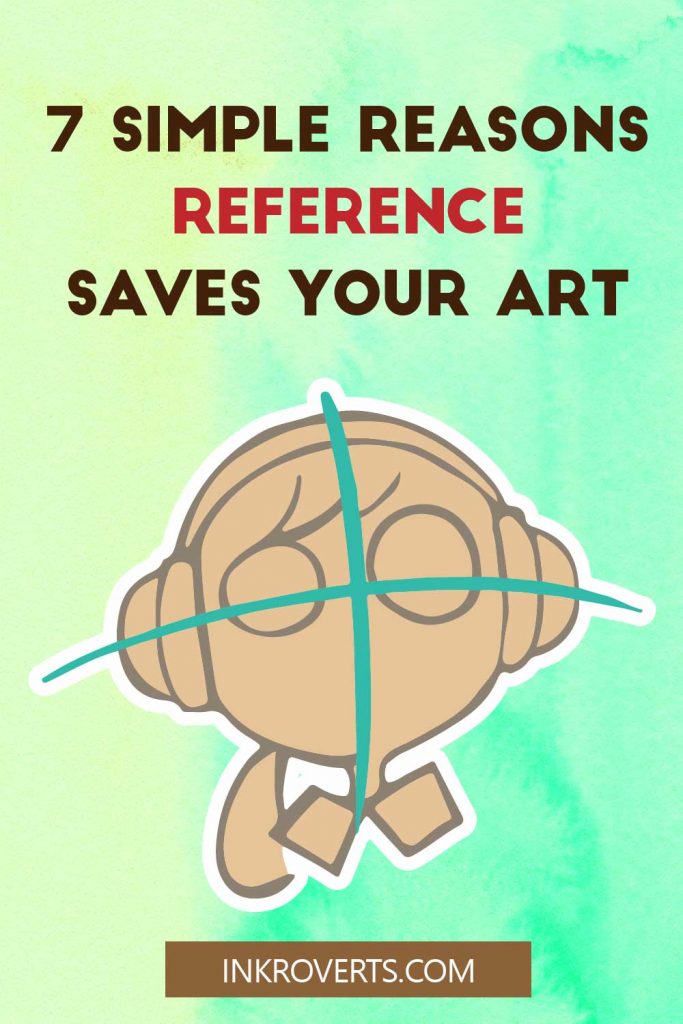
When talking about art reference, I used to have a self-limiting thought:
If I have to rely on other artists’ work, if I have to look at photos every time I draw, then I’m probably not good enough.
With that attitude, I turn my reference usage to the absolute minimum (that means zero). I told my self that: with hard work and perseverance, I’ll improve my art skills in no time!
Well, I was partly right. While hard work and perseverance do make me improve, I had a year or 2 just to make a noticeable difference.
But that was my secondary school years. Now, I absolutely recommend using reference. It is the most underrated tool (even though it is good-rated, but still not good-rated enough) in the realm of art.
With personal experience, I can tell you that reference can boost your art skills in just a few months, even a few days if you put your heart into it.
Why? How? Let me explain in points.
Here is the list of 7 reasons why using reference will greatly improve your art.
- Reference helps you draw unfamiliar features/ objects/ texture, etc.
- You will learn a great deal from good artists’ work
- Reference is not “copy”
- Good artists ALL have habits of using reference
- You save time by avoiding unnecessary errors
- Reference help you build up knowledge
- It’s much better than copying/ tracing
Ready? Let’s get started!

Table of Contents
1. Reference helps you draw unfamiliar features/ objects/ texture, etc.
First and foremost, there are many things we are unfamiliar with.
We may be used to drawing faces, eyes, flowers, and buildings. But chances are we’re going to encounter opportunities- where we need to stretch our skills a bit further.
For example, I once decided to draw a character wearing armor. I was all good until I had to create a metal texture on the armor plates. Stumped, I kept making the armor look like hardened cloth. So I looked for “metal texture reference” online.
The tutorial given by the internet was truly helpful. From a short step-by-step guide to a long, thorough explanation, I learnt a bit more about drawing metal. And that’s going to help me next time I draw something similar.
And not just textures! If you’re unsure of anything, whether poses, costume design and whatnot, reference is there to help you.

2. You will learn a great deal from good artists’ work
Referencing doesn’t just mean looking at small elements for your drawing, or just real photos for realistic paintings. Sometimes, you can also learn from looking at finished artwork of other artists.
I often take a whole artwork as a reference. Oh, sorry, I didn’t mean one whole artwork. I mean more than one! Good artists, especially professional artists, have loads of things we can learn from.
It’s not just about drawing from real life. There are more things about art than just sketching from real life. Good artists have unique styles, compositions, colour schemes, line art, and so on.
You can get inspired on how to stretch your creativity. At one point, you can experience those “Oooh! I can do that?!” moments.

3. Reference is not “copy”
It’s a limiting thought from people who suffer from imposter syndrome. “If I follow that artwork, I’d look like a copycat!”
However, there’s a big difference between referencing and “copying”.
Referencing from other artwork allows you to make more than 80% of your own creation. You find inspiration from another artwork to create your own. Even when there are noticeable similarities between your art and another, no sane person will say you have “copied”.
On the other hand, “copying” doesn’t require much thinking. It’s pretty much what photocopier does- tracing.
To give my own example, you can take a quick look at my drawing process with my original art “Reading Death #3”. Click to time 04:16 – 05:16, and you can see me flipping through multiple reference images and trying to implement their elements in my own artwork.
A big suggestion I can give here- to avoid the imposter syndrome- is to plan your own artwork first. When you know perfectly well what you want to put in the artwork- especially when you add in elements that are beyond your abilities, it’s then alright to look for guidance in others’ artwork.
You can also avoid binging Pinterest to “look for inspiration”, with this method.

4. Good artists ALL have habits of using reference
I was in a figure drawing class last year. One day, I asked the teacher, “how can all those professional artists draw without looking at reference? Have they memorised how to draw everything?”
My teacher asked how I’d know those artists didn’t use reference. And I replied that I saw their digital drawing time-lapse on YouTube.
He laughed, and said, “they printed out their reference and taped it on their desk. You just didn’t see it.”
Now- a year later- as I listened to the artists’ podcasts, they all emphasis on the importance of reference. If I wasn’t convinced by my teacher, I’m definitely convinced now.

5. You save time by avoiding unnecessary errors
The saying goes like “learn from your mistakes“. So what am I saying by “avoiding errors”? Doesn’t that go against the rule?
Well, what I mean is unnecessary mistakes that you can easily get past with a little guidance. Imagine learning to play the piano. You can learn from scratch, stumbling your way through different keys, and eventually get the hang of it. But with a teacher, you can quickly learn about the middle C key, and even read a score.
Mistakes, in general, are unavoidable. But that doesn’t mean you cannot learn anything other than from your own mistakes.
There are hundreds of good art reference for us to study. Through studying them (which can also include mistakes), we can learn to hop over a few obstacles on our way to better skills.

6. Reference help you build up knowledge
Reference is always for you to draw things you aren’t too good at. As you study, in time, you get more and more familiar with those images. Until eventually you don’t need them anymore.
Well, I mean only a specific type of reference. Going back to my armour-drawing example, after the umpteenth time of looking at the metal texture tutorial, I’ll get used to how to draw metal. And henceforth, need those tutorials less and less.
With your tendency to challenge yourself and using reference, your knowledge on drawing different things can only add up.

7. It’s much better than copying/ tracing
I know, I’ve already talked about “copying”. But do you know the difference between referencing and copying is more than just a better conscience?
Let’s take figure drawing as an example.
Tracing- as many people call it- is merely outlining an artwork on top of a lightbox. The tracer’s attention is entirely on the line, nothing else. An outsider can see with no trouble that the figure is traced.
Reference, on the other hand, is more like a study. In figure drawing, even when you draw entirely from the reference image, you pay attention to the muscles, the bones, the shadow, and the light.
As a result, you notice the big shapes as well a the subtle details. When it comes to the day to apply these into practice, you remember what to do.
If you’re looking for a good figure drawing study source, I highly recommend the book Morpho: Anatomie Artistique. It has hundreds of good samples for artists of all levels.

Conclusion – Reference for the win!
It is basically all good and no harm when it comes to referencing in art. So don’t let those self-limiting thoughts hinder you from getting better!
So, you know how to get ready for your next great artwork now. If there is any element you’re not confident at, just look at a reference image and start from there!
A list of good reference sources:
- Pinterest – mostly for general purposes. You can search “hand anatomy reference” or “clothes drawing reference” to get to the images you want. From real life photos to artwork, you can reach a lot of things. I use it 80% of the time.
- Line of Action – this is more of a drawing practice site. You can look for human, animal, and environment reference.
- Proko Art Model Poses – Proko is a great source of learning for serious art students. This Art Model Poses needs to be paid, however.
If you want free content, I suggest you check out his figure drawing video on YouTube.
